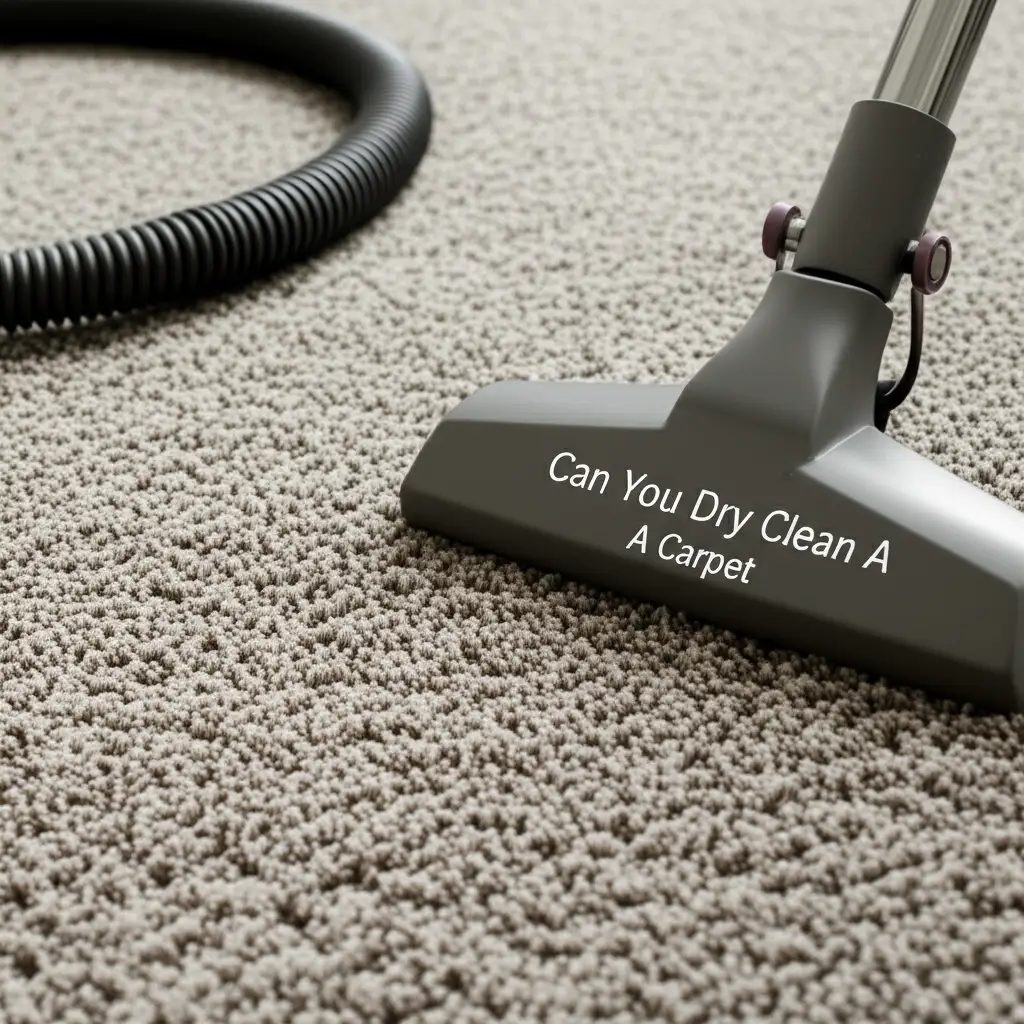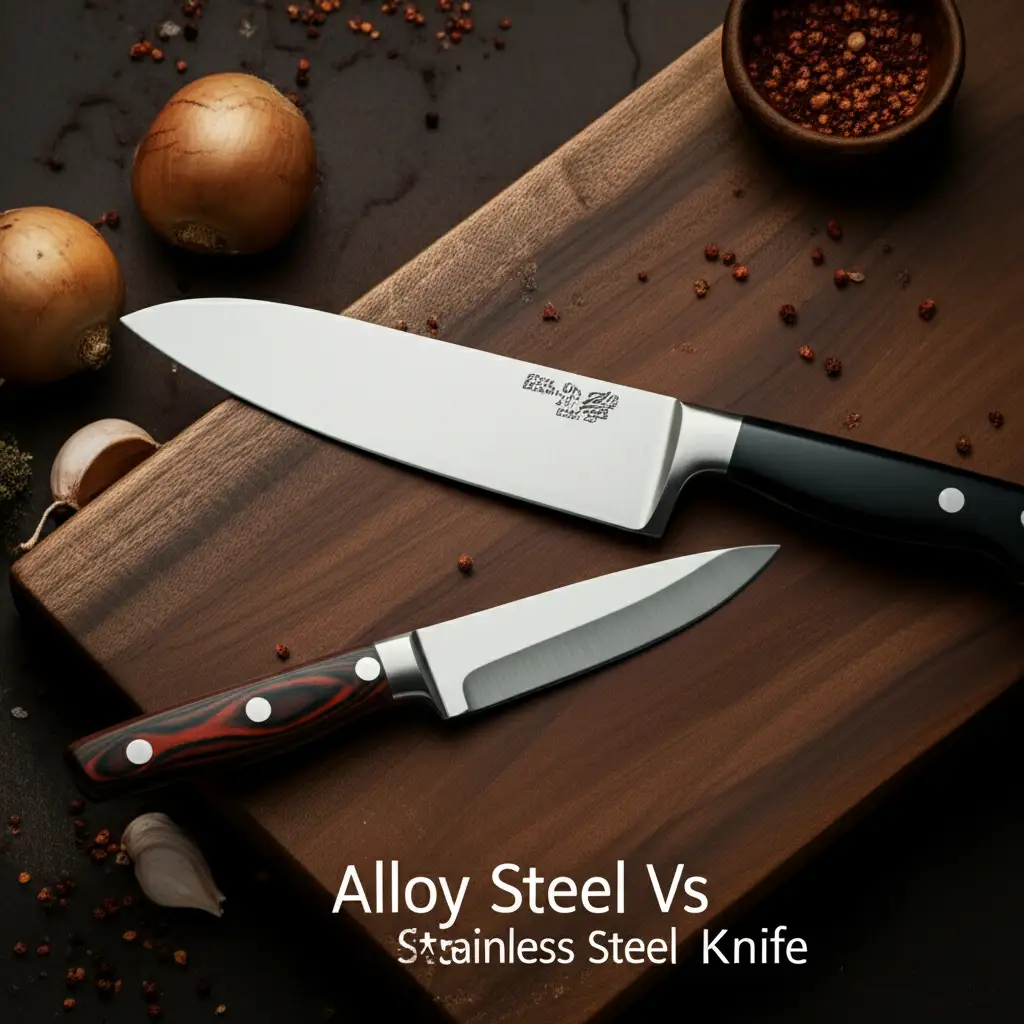· Liora Benning · Marine Living · 16 min read
Can I Put Carpeting On A Steel Boat Deck

Putting Carpeting on Your Steel Boat Deck: A Comprehensive Guide
Picture this: you are enjoying a sunny day on your boat. Is the deck hot under your feet? Do sounds echo too much? Many boat owners wonder how to make their vessel more comfortable and inviting. A common question arises: “Can I put carpeting on a steel boat deck?” This is a practical question for anyone seeking comfort, safety, and a touch of style on their marine craft.
I understand this desire for a better boat experience. Carpeting offers many benefits. It changes the feel of your boat. It adds warmth and reduces noise. Installing carpet on a steel deck, however, needs specific steps. It also needs the right materials. This article explores everything you need to know. We cover the benefits, material choices, installation methods, and maintenance. You will learn how to turn your steel deck into a more comfortable space.
Takeaway
- Choose Marine-Grade Carpet: Select carpet made for outdoor, wet environments. It resists UV, mold, and mildew.
- Prepare the Steel Deck: Clean the steel thoroughly. Address rust and ensure the surface is dry and smooth.
- Use Marine-Specific Adhesive: Apply an adhesive designed for marine use. It must bond well to steel and withstand moisture.
- Ensure Proper Drainage: Plan for water runoff. Do not trap moisture between the carpet and steel.
- Maintain Regularly: Clean the carpet often. Dry it quickly to prevent mildew and extend its life.
Can I Put Carpeting On A Steel Boat Deck?
Yes, you can put carpeting on a steel boat deck. You must use marine-grade carpet and the correct installation methods. Proper preparation of the steel surface is also critical. This ensures durability and prevents common boat deck issues like rust or mildew growth.
Understanding Your Steel Boat Deck: Challenges and Preparations
A steel boat deck is strong and durable. It forms the backbone of many vessels. However, it presents unique challenges when you consider adding carpeting. These challenges include rust, heat transfer, and condensation. Understanding these issues is the first step to successful carpet installation. I find that recognizing these points early saves trouble later.
Steel can rust when exposed to moisture and air. A boat deck constantly faces water, salt spray, and humidity. If water gets trapped under carpet, it can cause corrosion. This damages the deck structure over time. Also, steel conducts heat well. On a sunny day, a bare steel deck becomes very hot. This heat transfers directly through a thin carpet. It makes the deck uncomfortable. At night or in cold weather, steel also gets cold. It can radiate cold into the cabin.
Condensation is another concern. Warm, moist air inside the boat can meet the cold steel deck. This creates water droplets. If carpet is present, these droplets can stay trapped. This leads to mildew growth and rust. You must prepare the deck properly to avoid these issues. Preparation sets the stage for a lasting carpet job. It protects your investment.
Rust Prevention on Steel Decks
Preventing rust is critical before laying carpet. Start by cleaning the steel deck. Remove all dirt, grease, and old coatings. Sand any existing rust spots. You must remove all loose rust. After cleaning, apply a rust-inhibiting primer. This forms a protective barrier. Choose a marine-grade primer. It must stick well to steel and resist water. Some primers also offer corrosion protection. Applying at least two coats provides better defense. Allow each coat to dry completely. This creates a solid base for your carpet.
Addressing Deck Condensation
Controlling condensation helps keep the deck dry. First, ensure good ventilation in your boat. Airflow helps dry out moisture. You can use deck vents or hatches to improve circulation. Before installing carpet, consider applying a vapor barrier. This is a thin layer placed directly on the steel. It prevents moisture from reaching the carpet. Some marine carpet backings also have vapor barrier properties. Make sure the deck is completely dry before installation. Never lay carpet on a damp steel surface. These steps keep moisture from causing problems under your new carpet.
Benefits of Adding Carpeting to Your Boat Deck
Adding carpeting to your steel boat deck brings many advantages. It changes the boat’s look and feel. I believe these benefits improve the overall boating experience. A comfortable deck makes trips more enjoyable. Carpeting offers practical improvements beyond just appearance.
First, carpet provides superior comfort underfoot. A bare steel deck is hard. It can be tiring to stand on for long periods. Carpet cushions your steps. It makes the deck softer and more pleasant. This is especially true on long voyages or when standing while fishing. Second, carpeting offers excellent slip resistance. Wet steel decks are very slippery. Marine carpet has textured surfaces. This grip reduces the risk of falls. It makes your boat safer for everyone aboard, even in rough conditions. I find this safety feature essential.
Third, carpet acts as an insulator. Steel gets very hot in the sun. It also gets very cold when the air temperature drops. Carpet creates a barrier. It keeps the deck cooler in summer. It also makes it warmer in cooler weather. This insulation improves comfort inside the boat’s cabin if the deck is above it. Fourth, carpeting reduces noise. Foot traffic, dropped items, and engine vibrations create noise on a bare steel deck. Carpet absorbs sound. This makes the boat quieter and more peaceful. A calmer environment helps relaxation. Fifth, carpet protects the steel deck. It prevents scratches and dents. It also reduces wear from foot traffic or gear. This keeps your steel deck looking better for longer.
Choosing the Right Marine Carpet for Steel Surfaces
Selecting the proper marine carpet is a key step. Not all carpets are suitable for boat decks. You need a carpet designed for harsh marine environments. The right choice ensures durability and good performance. I always advise people to look for specific features. These features stand up to water, sun, and heavy use.
Marine carpet differs from indoor or outdoor patio carpet. It is engineered for boats. It resists mold, mildew, and fading from UV rays. It also tolerates saltwater exposure. Most marine carpets use synthetic fibers. These include polypropylene or nylon. Polypropylene is popular for its water resistance. Nylon offers good durability and abrasion resistance. Look for carpet with a low-pile or loop design. These styles are easier to clean and dry faster. They also resist snagging. High-pile carpets can hold too much water.
The carpet backing is equally important. It prevents water from soaking into the carpet fibers. It also helps the carpet bond to the steel. Common backing materials are rubber, PVC, or marine-grade non-woven materials. Choose a backing that allows for proper drainage. Some backings have ribs or channels. These features help water flow off the deck. This prevents water from getting trapped under the carpet. This is vital for protecting your steel deck from rust.
Key Features of Quality Marine Carpet
When you select marine carpet, check for specific qualities. First, it must be UV-stabilized. This prevents the carpet from fading in the sun. A faded carpet looks old quickly. Second, it needs to be mold and mildew resistant. Boats are damp environments. Carpet must actively fight fungus growth. Third, choose carpet that resists stains. Spills are common on boats. Easy-to-clean carpet saves you work. Fourth, ensure it has good slip resistance. A textured surface provides grip, even when wet. Fifth, consider its weight and thickness. Thicker carpet offers more comfort and insulation. However, it can take longer to dry.
Adhesives for Steel Deck Carpet
The adhesive choice matters greatly. You need a marine-grade adhesive. This type of adhesive withstands water, temperature changes, and boat movement. Do not use standard indoor carpet glue. It will fail quickly in a marine setting. Common choices include contact adhesives or pressure-sensitive adhesives. Contact adhesives offer a strong, permanent bond. You apply it to both the deck and the carpet backing. Let it dry to a tacky finish before joining the two. This creates an immediate, strong hold.
Pressure-sensitive adhesives are less aggressive. They allow for repositioning during installation. This type of glue bonds when pressure is applied. Always check the adhesive’s compatibility with your chosen carpet backing. Read the product instructions carefully. Ensure good ventilation when working with adhesives. Some fumes can be strong. Proper adhesion prevents bubbling and lifting of the carpet.
Step-by-Step Guide: Installing Carpet on a Steel Boat Deck
Installing carpet on your steel boat deck requires careful work. Proper steps ensure a smooth, lasting finish. I find that taking your time with each stage pays off. Rushing can lead to mistakes. Follow these steps for a professional installation.
First, gather all your tools and materials. You will need your marine carpet, marine-grade adhesive, a utility knife, measuring tape, a straightedge, a carpet roller, and safety gear. Safety glasses and gloves protect you. Ensure the weather is dry and mild. Extreme temperatures affect adhesive curing. The deck must be clean and fully dry from your previous preparation.
Measuring and Templating for a Perfect Fit
Accurate measurements are vital. Start by cleaning the entire deck area. Remove all debris. Then, measure the length and width of each section you want to carpet. Steel decks often have curves or unique shapes. For these areas, make a template. Use large sheets of paper, cardboard, or clear plastic. Lay the material over the deck section. Trace the exact outline of the deck. Cut out the template carefully. Label each template piece. This helps you position the carpet correctly later. Transfer these templates to your carpet material. Lay the carpet face down. Place the template on top. Trace the outline with a marker. Always add a small allowance, perhaps an inch or two, for trimming. It is easier to trim excess than to add carpet later.
Applying Adhesive and Laying Carpet
Before applying adhesive, perform a dry fit. Lay the cut carpet pieces on the deck without glue. Check if they fit well. Make any necessary adjustments. Once you are happy with the fit, roll up the carpet pieces. Now, apply the marine adhesive to the steel deck. Follow the adhesive manufacturer’s instructions. Use a notched trowel to spread the glue evenly. Apply it to one section at a time. This prevents the glue from drying too quickly.
Carefully unroll the carpet piece over the glued section. Start from one edge and lay it down smoothly. Avoid trapping air bubbles. Use a carpet roller or a clean, heavy roller to press the carpet firmly onto the adhesive. This ensures full contact. Pay special attention to the edges and corners. Work slowly to remove all air pockets. Once the carpet is down, trim any excess material using a sharp utility knife. Cut along deck edges or seams. Allow the adhesive to cure completely. This might take 24 to 72 hours. Avoid walking on the new carpet during this time.
Maintaining Your Boat Deck Carpeting for Lasting Beauty
Once your marine carpet is installed, proper maintenance is key. This ensures it stays beautiful and lasts a long time. I find that regular cleaning prevents many common issues. Neglect can lead to mildew, stains, and premature wear. Consistent care protects your investment.
Marine carpet is designed for harsh conditions. But it still needs attention. Its open weave can trap dirt, salt, and debris. Water can also sit on top. Regular cleaning removes these elements. This keeps the carpet looking fresh. It also prevents the growth of unwanted organisms. A well-maintained carpet also dries faster. This is important on a boat.
Routine Cleaning for Marine Carpets
Clean your marine carpet regularly, especially after each trip. First, vacuum or sweep the carpet. Remove loose dirt, sand, and debris. A wet/dry vacuum works well. Next, use a mild soap or marine carpet cleaner. Mix it with water. Do not use harsh chemicals. They can damage the carpet fibers or backing. Apply the cleaning solution with a soft brush or sponge. Gently scrub stained or dirty areas. Rinse the carpet thoroughly with fresh water. Use a hose or buckets of clean water. Ensure all soap residue is gone. Soap left behind can attract more dirt. After rinsing, use a squeegee or wet/dry vacuum to remove as much water as possible. This helps the carpet dry faster.
Allow the carpet to air dry completely. Good airflow prevents mildew. If possible, lift sections of the carpet slightly on a sunny, breezy day. This helps air circulate underneath. Never cover a wet carpet. Trapped moisture leads to significant problems.
Tackling Stains and Mildew
Stains happen on boats. Act quickly when a spill occurs. Blot liquid spills with a clean cloth. Do not rub. Rubbing spreads the stain. For stubborn stains, use a specific marine stain remover. Test it on an inconspicuous area first. Ensure it does not discolor the carpet. Follow the product instructions for best results.
Mildew is a common problem in damp boat environments. It appears as black or green spots. If you see mildew, address it immediately. Mildew can damage carpet fibers and cause odors. For light mildew, a solution of water and white vinegar can work. You can also use a diluted bleach solution (1 part bleach to 10 parts water) on colorfast carpets. Test it first. Spray the solution on the mildewed area. Let it sit for a few minutes. Scrub gently with a brush. Rinse thoroughly with fresh water. Ensure the carpet dries completely afterward. Proper airflow is your best defense against mildew recurrence. For ongoing issues, consider using a mildew inhibitor. This helps keep your deck clean and fresh. You can learn more about specific treatments for deck carpet issues, such as how to rid deck carpet of algae, by checking out specialized guides. Similarly, tackling general carpet stains, like those caused by pets, often uses similar cleaning principles as discussed in articles on how to clean carpet stains pets. For a broader understanding of carpet care, tips on how to clean a rug by hand can also provide useful insights.
Common Issues and Solutions with Steel Deck Carpeting
Even with the best installation and maintenance, some issues can arise. Understanding these problems helps you fix them quickly. It keeps your carpet looking good and extends its life. I’ve seen these issues myself, so I know how important it is to address them.
One common problem is trapped moisture. If water gets under the carpet and cannot evaporate, it causes issues. This leads to rust on the steel deck. It also causes mildew and a musty smell in the carpet itself. Another issue is rust bleed-through. If you do not properly treat rust on the steel before installation, existing rust can seep through the carpet. This leaves unsightly reddish-brown stains.
Over time, marine carpet can fade. Exposure to constant UV rays degrades the fibers. This makes the carpet look dull and old. Wear and tear also occur. Heavy foot traffic or sharp objects can cause bald spots or tears. This is more common in high-traffic areas. Finally, bubbling or lifting of the carpet can happen. This occurs if the adhesive fails. It may be due to improper application, extreme temperature changes, or water getting underneath.
Addressing Trapped Moisture and Rust Bleed-Through
To fix trapped moisture, you need to lift the carpet. Allow the deck and carpet to dry completely. Identify where water is entering or getting trapped. You might need to improve drainage around the edges of the carpet. Ensure any seams are sealed properly. For rust bleed-through, prevention is the best solution. If it occurs, you might need to remove the affected carpet section. Then, re-treat the rust on the steel deck. Clean the carpet stain thoroughly. Use a rust stain remover. If the stain is deep, replacement of that carpet section may be necessary. Ensure you have properly prepared the deck with rust-inhibiting primer.
Dealing with Fading, Wear, and Bubbling
Fading cannot be fully reversed. To minimize it, choose a carpet with high UV resistance. Use boat covers when the vessel is not in use. Covers protect the carpet from sun exposure. For wear and tear, rotate carpet sections if possible. This spreads out the wear. Small tears can be patched with spare carpet pieces and marine adhesive. For large areas of wear, replacement is the best option. Bubbling or lifting indicates adhesive failure. You can often re-glue small lifted sections. Carefully lift the carpet edge. Apply fresh marine adhesive. Press the carpet down firmly with a roller. Ensure the area is clean and dry before re-gluing. For widespread bubbling, you might need to remove and re-install the carpet. This is a bigger job.
FAQ Section
How long does marine carpet last on a steel deck?
Marine carpet typically lasts 5 to 10 years on a steel deck. Its lifespan depends on factors like sun exposure, foot traffic, and maintenance. High-quality carpet and regular care can extend its life significantly. Proper installation also plays a big role in durability.
Can I install marine carpet myself?
Yes, you can install marine carpet yourself. Many boat owners choose DIY installation. It requires careful measuring, deck preparation, and adhesive application. Taking your time and following instructions ensures a good result. Professional installation is an option if you prefer.
Is carpet truly waterproof for a boat deck?
Marine carpet itself is not fully waterproof. It resists water absorption and dries quickly. Its backing often forms a barrier to the deck. Water can still sit on its surface or seep through seams. The key is that it dries fast and resists mildew growth.
How do I prevent rust under my boat carpet?
Prevent rust under your boat carpet by thoroughly preparing the steel deck. Remove all rust. Apply a marine-grade rust-inhibiting primer. Ensure proper drainage under the carpet. Use a backing that allows airflow. Always dry the deck completely before installing the carpet.
What if my steel deck is uneven?
An uneven steel deck needs leveling before carpet installation. Minor unevenness might be hidden by a thicker carpet. For significant dips or bumps, use a marine-grade leveling compound. This creates a smooth surface for the adhesive and carpet. Proper leveling ensures a flat, professional finish.
Can I use outdoor patio carpet instead of marine carpet?
No, using outdoor patio carpet instead of marine carpet is not recommended. Outdoor patio carpet lacks the specific features needed for boat decks. It may not resist UV rays, mold, or mildew as effectively. It also may not have the proper backing for boat conditions.
Conclusion
Choosing to put carpeting on a steel boat deck is a smart decision for many boat owners. It greatly enhances comfort, safety, and the overall look of your vessel. As we explored, the process involves more than just laying down a rug. It requires careful planning, selecting the right marine-grade materials, and precise installation techniques. From preparing your steel deck to understanding the unique challenges of rust and condensation, each step is important for a successful outcome.
By picking the right marine carpet and applying it correctly with marine-grade adhesives, you create a durable and appealing surface. Furthermore, consistent maintenance ensures your new steel boat deck carpeting remains beautiful and functional for years to come. I believe a well-carpeted boat deck transforms your boating experience. It makes every trip more enjoyable. So, consider these insights. Take the plunge. Turn your steel deck into a comfortable, inviting space. Enjoy the improved comfort and aesthetics on your next journey!





